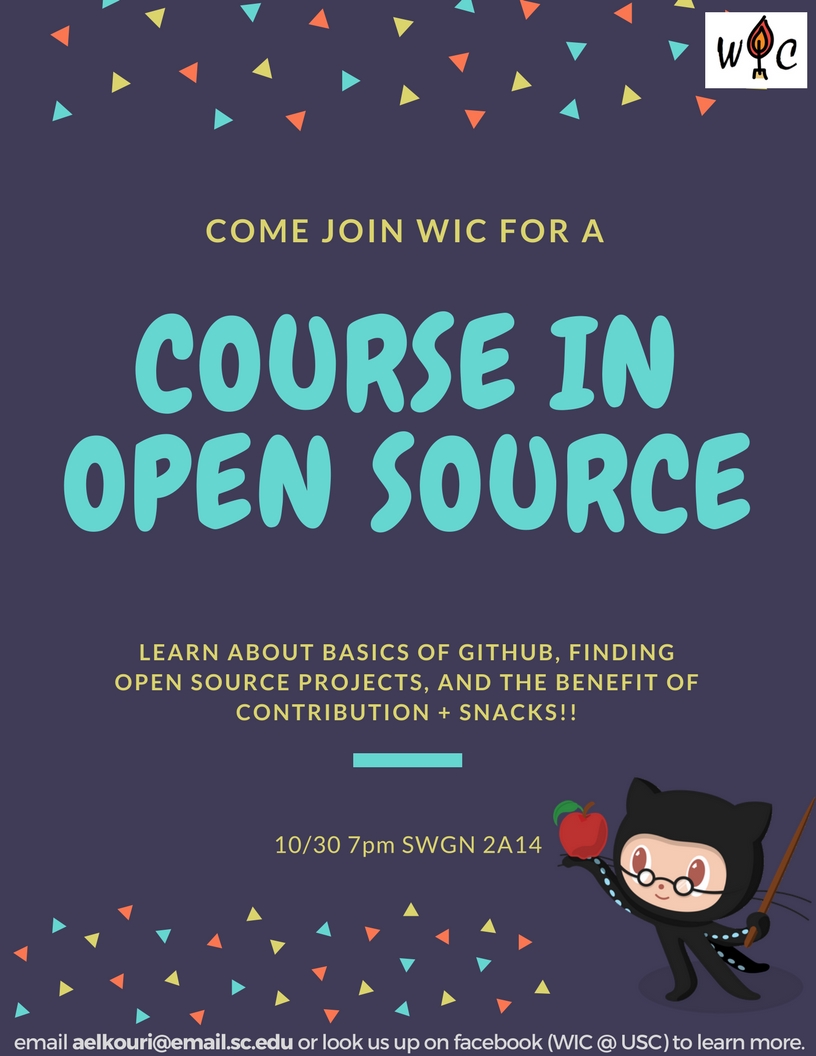Friday, November 10, 2017 - 02:20 pm
Swearingen room 2A14
I would like to invite you to attend this week's CSCE 791 seminar. These seminars highlight research being performed in our department and across the world. All CSCE 791 seminars are open to anybody who wishes to attend - not just students registered for the course.
Friday, November 10, 2:20 - 3:10 PM
Swearingen room 2A14
Speaker: Nikolaos Vitzilaios, University of South Carolina (Department of Mechanical Engineering)
Abstract: The area of Unmanned Systems & Robotics has seen a tremendous growth over the last decades with autonomous systems being rapidly developed in many domains resulting in a wide range of applications that we can see in our daily lives (drones, autonomous cars, industrial robots, medical and service robotics, space robotics, etc.). This presentation will show the research of Dr. Nikolaos (Nikos) Vitzilaios in this area over the last 10 years, presenting the developments in specific areas over time and focusing on latest research as long as future research plans.
The presentation will include research in the following areas:
Aerial Robotics: applications of automatic control in unmanned fixed-wing aircraft and rotorcraft, including theoretical aspects as well as applied hardware and software developments. Several platforms have been developed over the last 10 years while the latest development will be presented based on a patented design of a dual-tilting quadcopter able to perform advanced navigation and control in narrow spaces as well as fault-tolerant control.
Mobile Robotics: several ground robotic platforms will be presented, including customized commercial mobile robots as well as in-house built robots (including a patented one). These platforms are built for different applications and projects and the presentation will focus on the collaboration with aerial robots in critical missions
UAV Aerodynamics: novel research in the area of circulation control wings for fixed-wing aircraft will be presented.
Marine Robotics: a novel propulsion system will be presented for low speed propeller less robots that are required to be used in extreme environments (nuclear reactors).
Medical Robotics: the latest research on the modelling of the human thumb will be presented accompanied by a new kinematic model that shows the importance of the thumb in grasping and how this will affect our perception for the development of future robotic hands.
Mechatronic Systems: the development of an automatic bike gear shifter (patent pending).
Modeling and control of complex and highly nonlinear systems.
Future trends and planned research in perception and control.
The presentation will focus on the outputs of each research project and will include demos and videos from field experiments and indoor-outdoor testing.
Bio: Dr. Nikolaos (Nikos) Vitzilaios is an Assistant Professor at the Department of Mechanical Engineering, University of South Carolina, since August 2017. He holds a PhD in Mechanical Engineering from the Technical University of Crete (2010) and his PhD thesis was on the development of autonomous controllers for helicopter UAVs. Prior to joining USC, he was a Senior Lecturer in Robotics at Kingston University, London, UK. From 2011-2012, he was a Postdoctoral Fellow at the Department of Electrical Engineering, University of Alberta, Canada, working in the Applied Nonlinear Controls Laboratory and developing a helicopter UAV for power line inspection, funded by the Canadian government (NSERC). From 2012-2015, he was a Research Scientist at the University of Denver Unmanned Systems Research Institute (Department of Electrical Engineering), leading the Aerial Robotics Team and working on several projects in the area of unmanned systems funded by various agencies (NSF, ARL, NASA).
Dr. Vitzilaios has more than 10 years of research and more than 5 years of teaching experience in the areas of Robotics and Controls, with notable presence in the Robotics & Automation society, more than 30 publications, one US patent and successful grant applications both in US and UK. His background is interdisciplinary from the areas of Mechanical Engineering, Electrical Engineering and Computer Science. His research interests span the broad area of Autonomous Unmanned Systems where he has significant hands-on experience in all kinds of robotic applications (aerial, ground, marine, industrial, biomedical). His research is mainly experimental and his interests include prototype development and commercialization of research outcomes. He is a Fellow of the Higher Education Academy in UK and a member of IEEE, AIAA, AUVSI and IFAC. He is a Chartered Mechanical Engineer in the Technical Chamber of Greece since March 2005.
